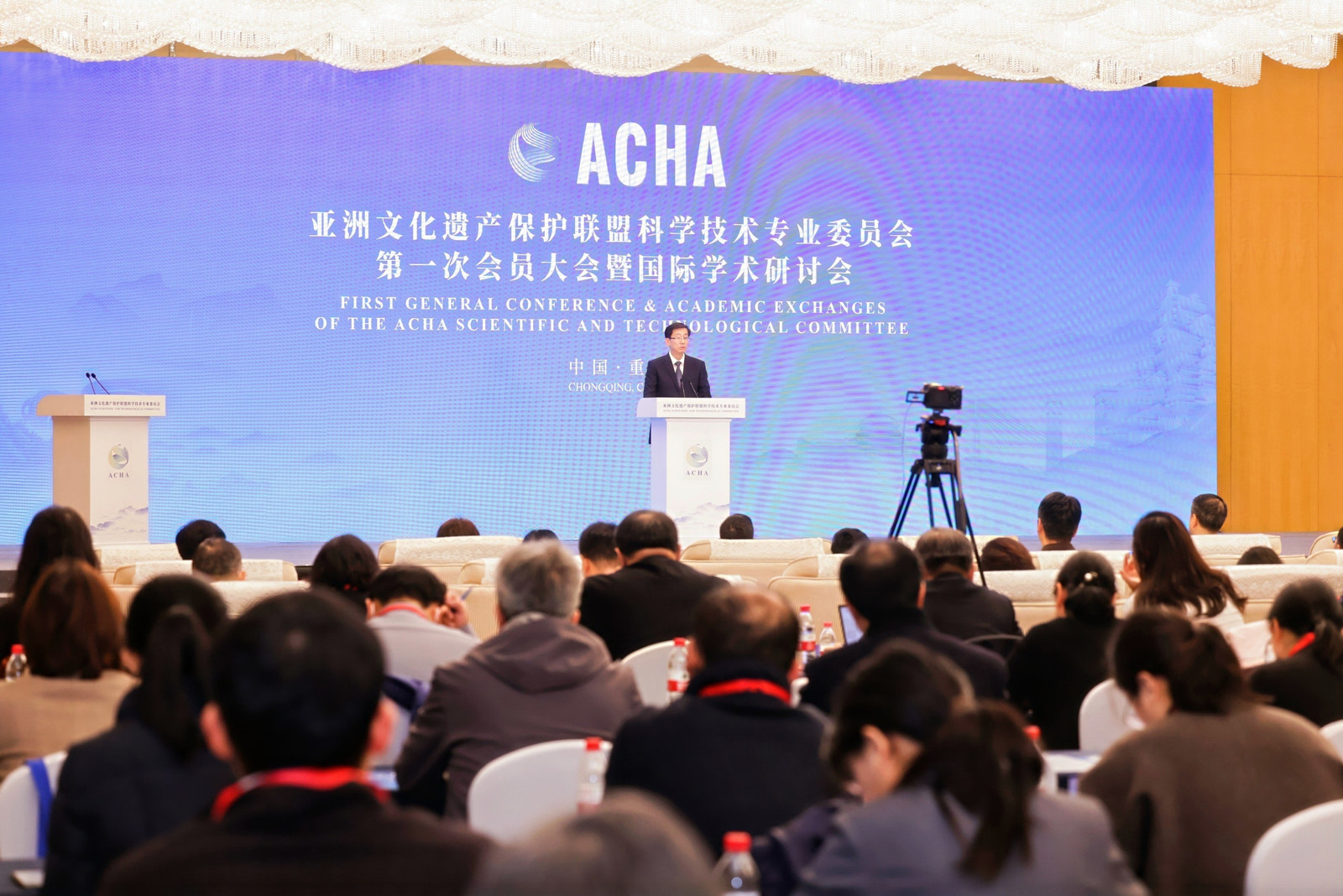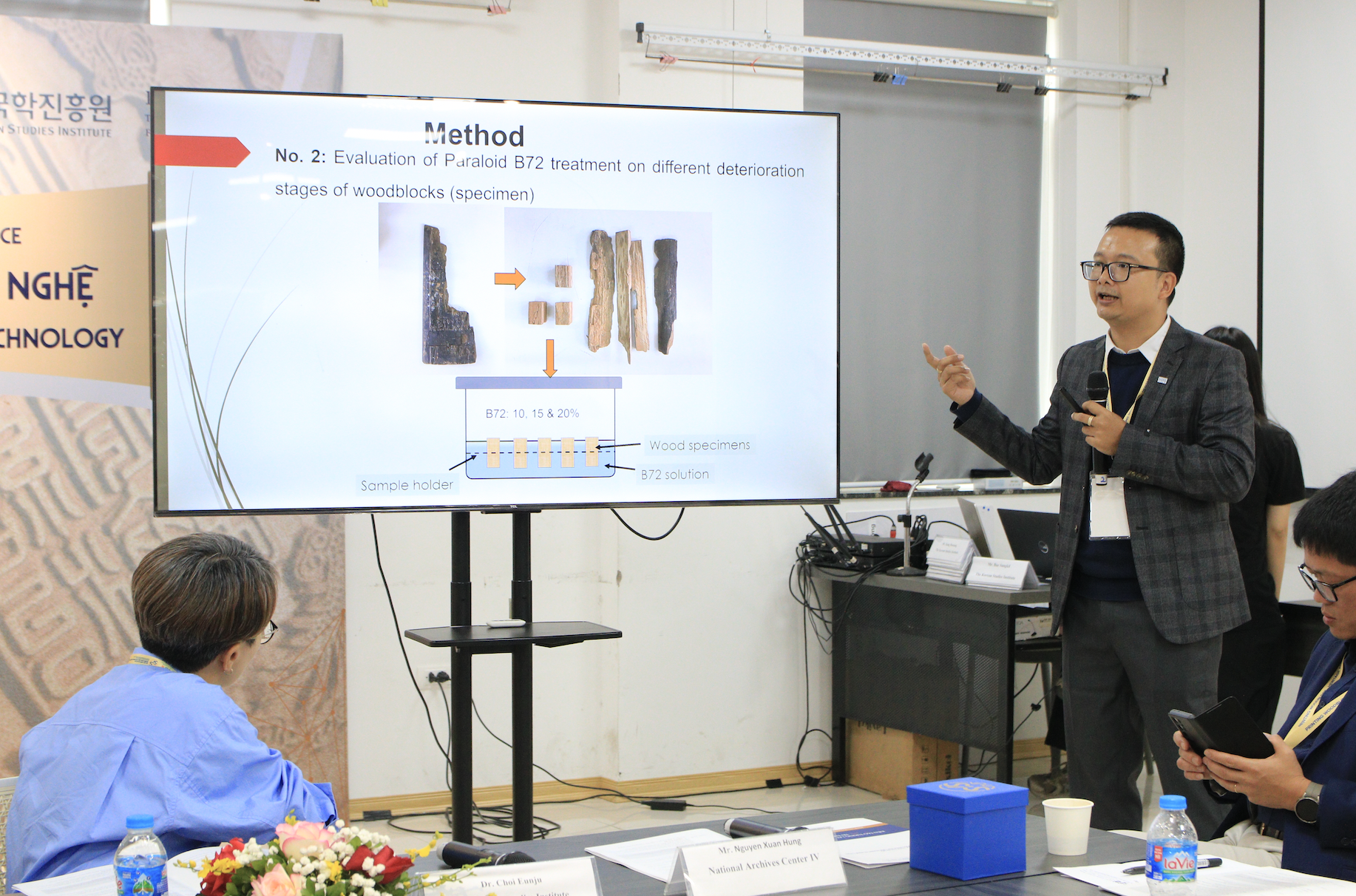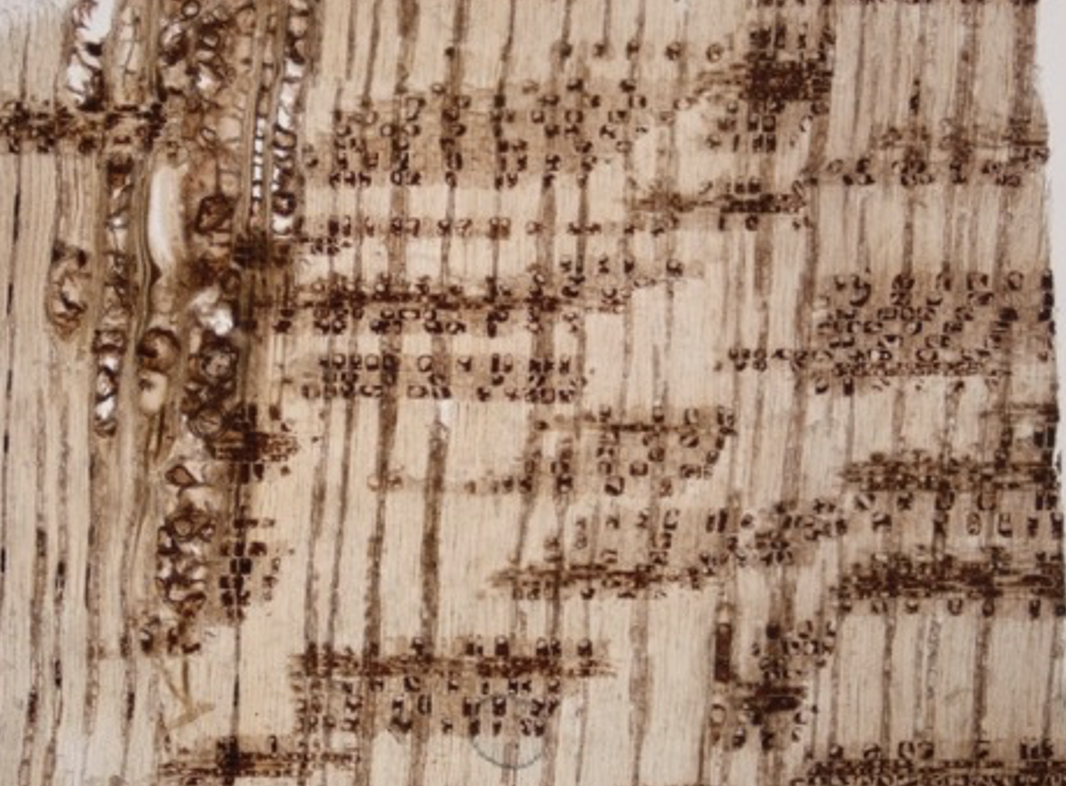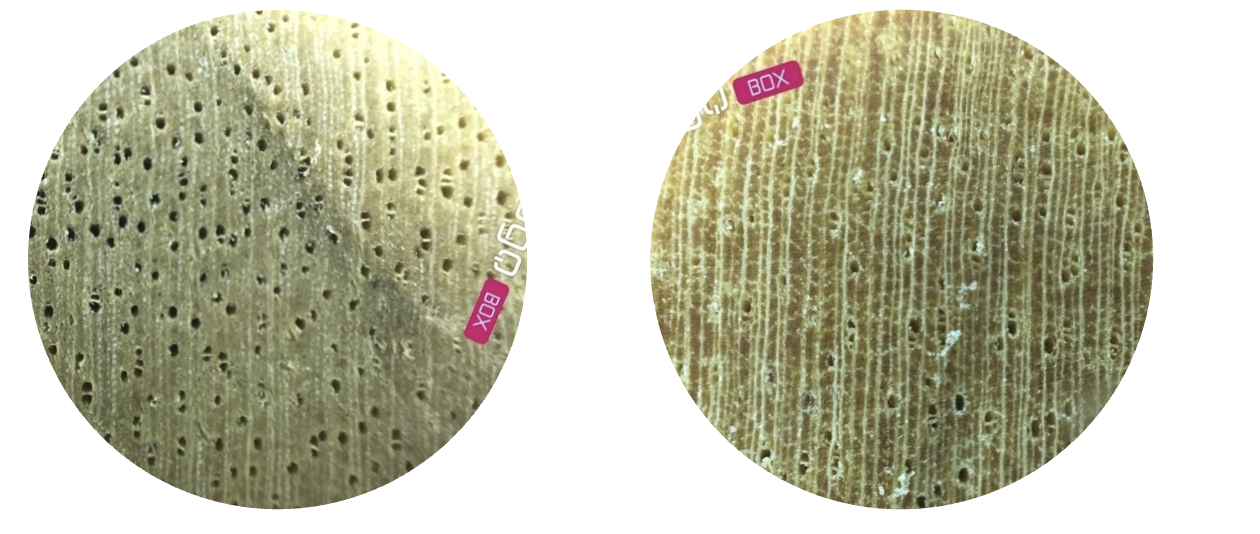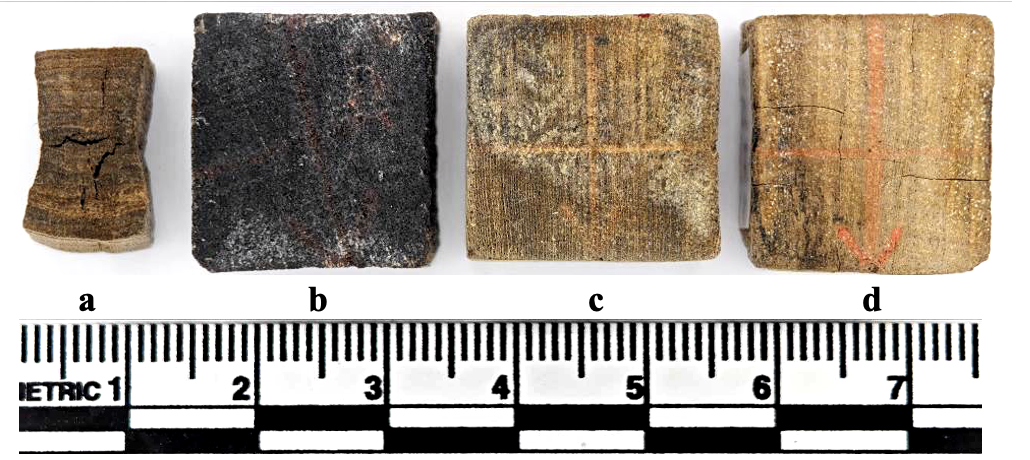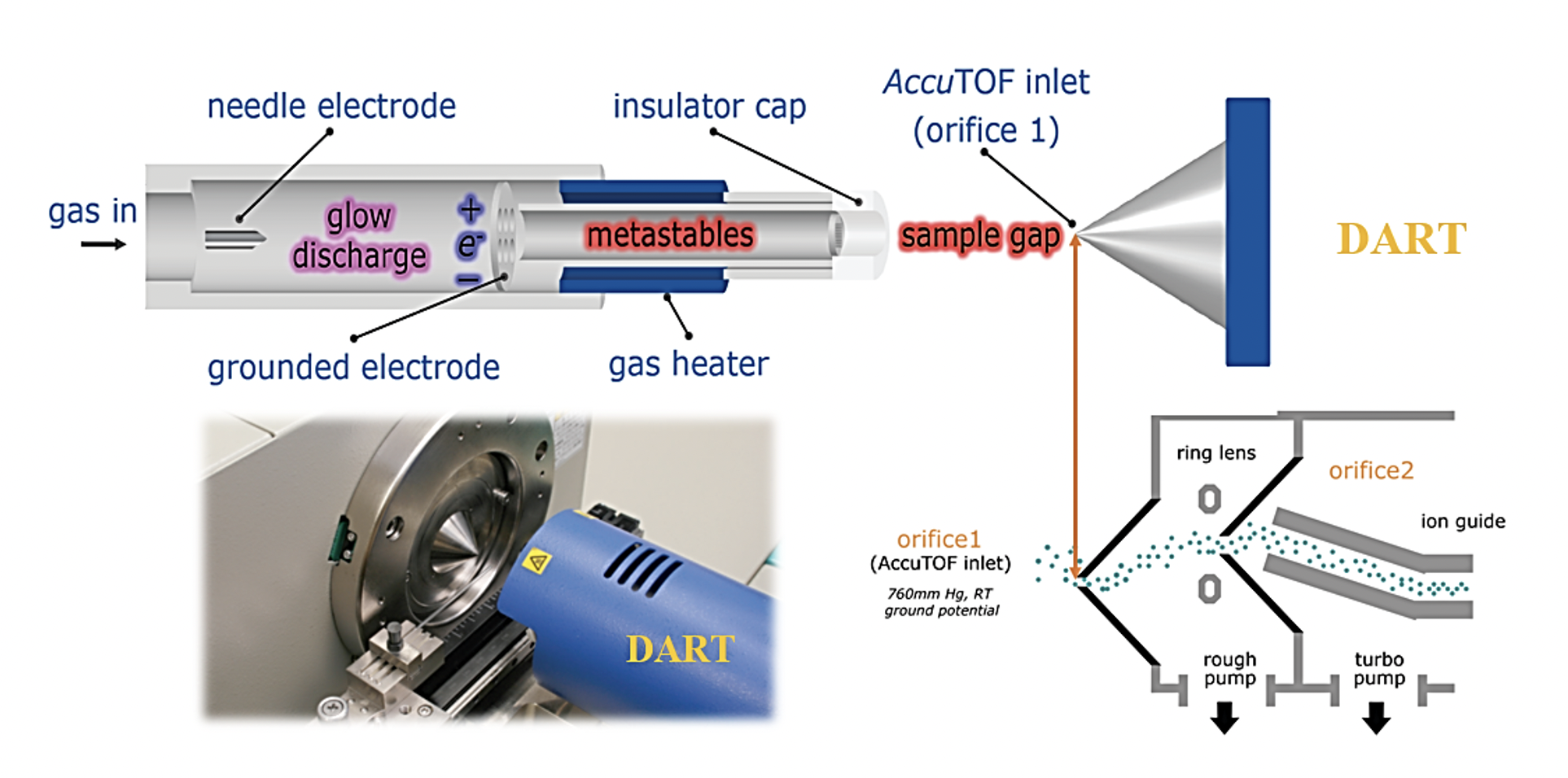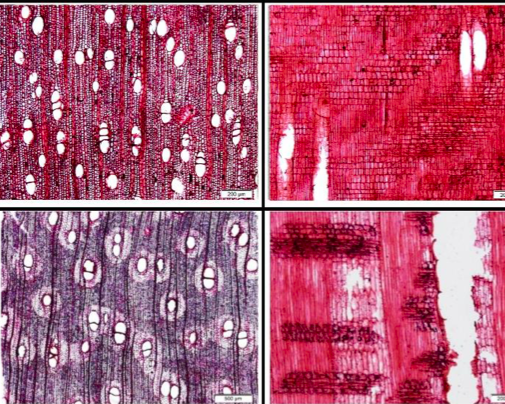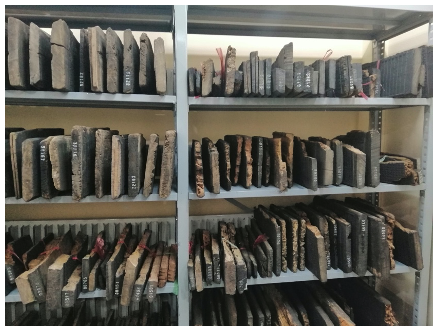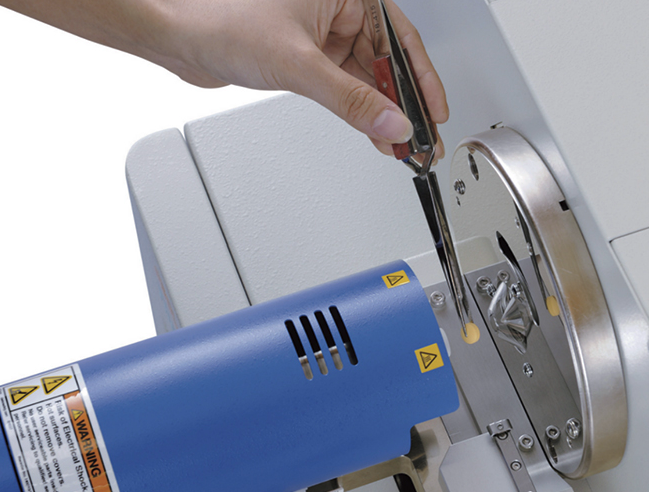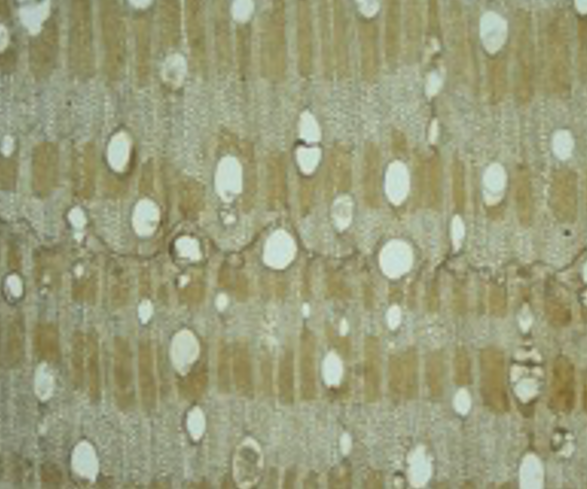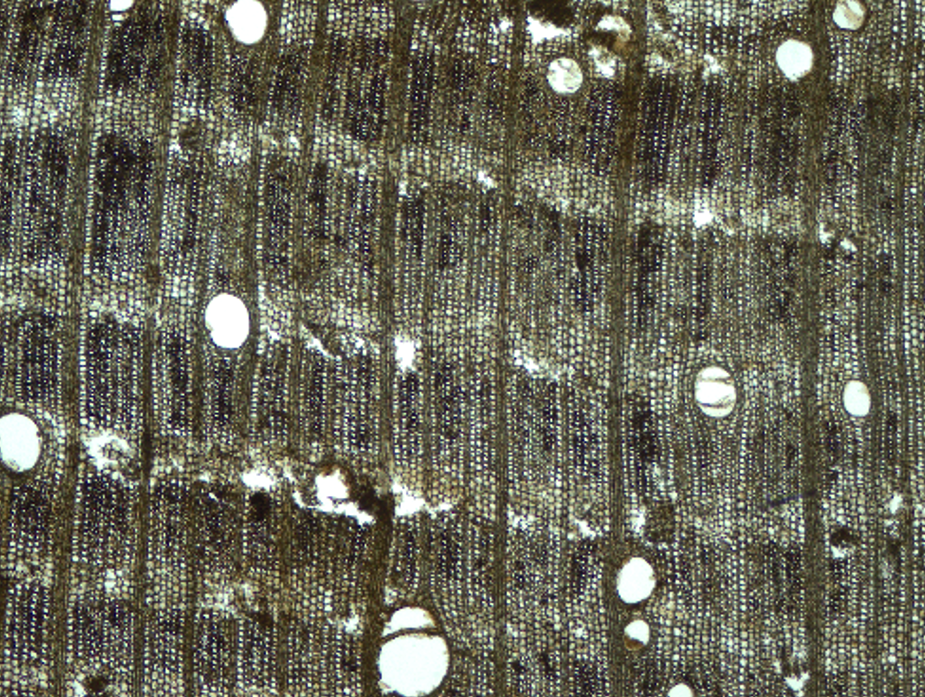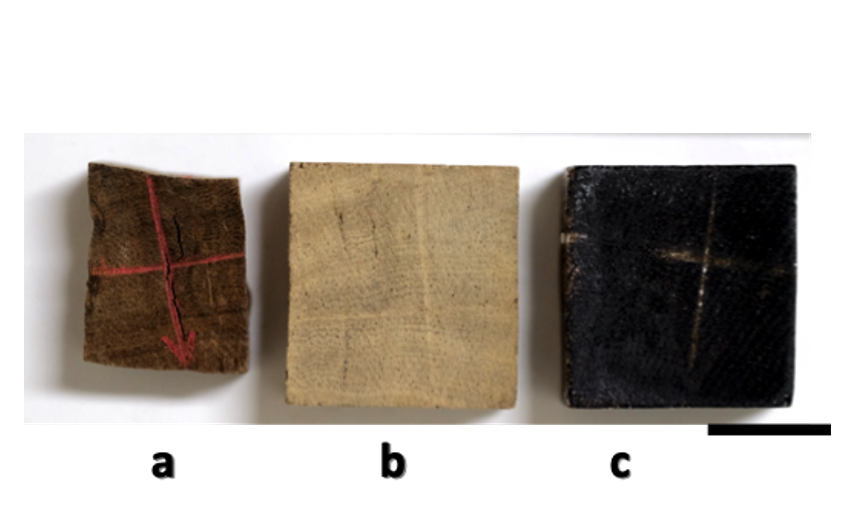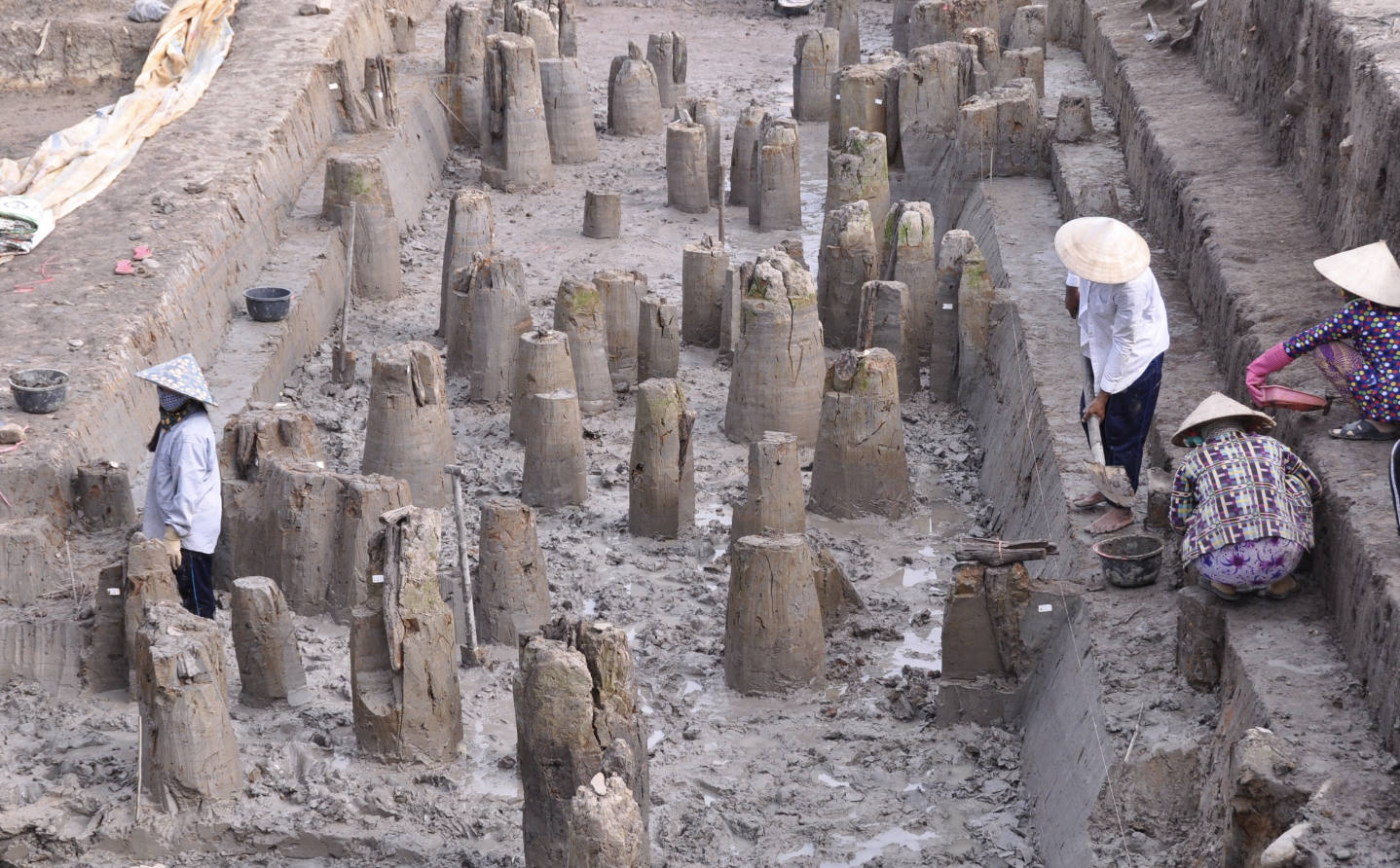Thứ Sáu, 01/08/2025, 18:18 (GMT+7)
Đào Thanh Hải1, Nguyễn Đức Thành2*
1Khoa Nông Lâm, Trường Đại học Tây Bắc
2Viện Nghiên cứu Công nghiệp rừng, Viện Khoa học Lâm nghiệp Việt Nam
TÓM TẮT
Bài báo trình bày kết quả nghiên cứu về ảnh hưởng của độ sâu và thời gian ngâm nước đến thành phần hóa học của gỗ Lim (Erythrophleum fordii Olive) và gỗ Táu mật (Vatica tonkinensis A. Chev.). Kết quả cho thấy thời gian ngập và độ sâu ngập nước có ảnh hưởng rõ rệt đến sự biến đổi các thành phần hoá học và cấu trúc của gỗ. Hàm lượng các chất tan trong nước lạnh và nóng giảm mạnh, đặc biệt sau 12 tháng đầu ngâm tại độ sâu 30 cm, phản ánh rõ rệt quá trình rửa trôi các chất dễ thuỷ phân. Các chất tan trong dung môi hữu cơ bị ảnh hưởng ít hơn nhưng vẫn có xu hướng giảm dần theo thời gian ngâm nước. Tổng lượng chất chiết xuất của gỗ Lim giảm 44,9% và gỗ Táu mật là 40,4% sau 24 tháng ngâm tại độ sâu 30 cm. Giá trị này chỉ giảm 32,2% và 26,2% sau 24 tháng ngâm tại độ sâu 90 cm. Hàm lượng lignin tuy không thay đổi, nhưng khi so sánh với xenlulo và hemixemlulo thì có xu hướng tăng (35,1 – 35,9%), do sự suy giảm của hai chất này. Cả xenlulo và hemixenlulo đều giảm, với mức giảm rõ hơn ở độ sâu 30 cm, điều này phản ánh hoạt động mạnh của vi khuẩn và enzyme phân huỷ tại vùng tiếp xúc nhiều với oxy. Độ hút nước tối đa tăng theo thời gian ngâm và giảm theo độ sâu, cao nhất ở mẫu 30 cm sau 24 tháng (tăng 11,49% với gỗ Lim và 25,97% với gỗ Táu mật), cho thấy cấu trúc tế bào gỗ bị suy thoái, tạo khoảng trống trong gỗ để giữ nước nhiều hơn. Để làm chậm quá trình phân hủy sinh học của gỗ, cần giữ mẫu ở độ sâu tối thiểu 60 cm so với mặt nước tại bể ngâm.
Từ khóa: Gỗ ngập nước, phân hủy sinh học, thành phần hóa học, gỗ Lim, gỗ Táu mật
Link bài báo: 1116. Thanh. Phan huy hoa hoc go Final
